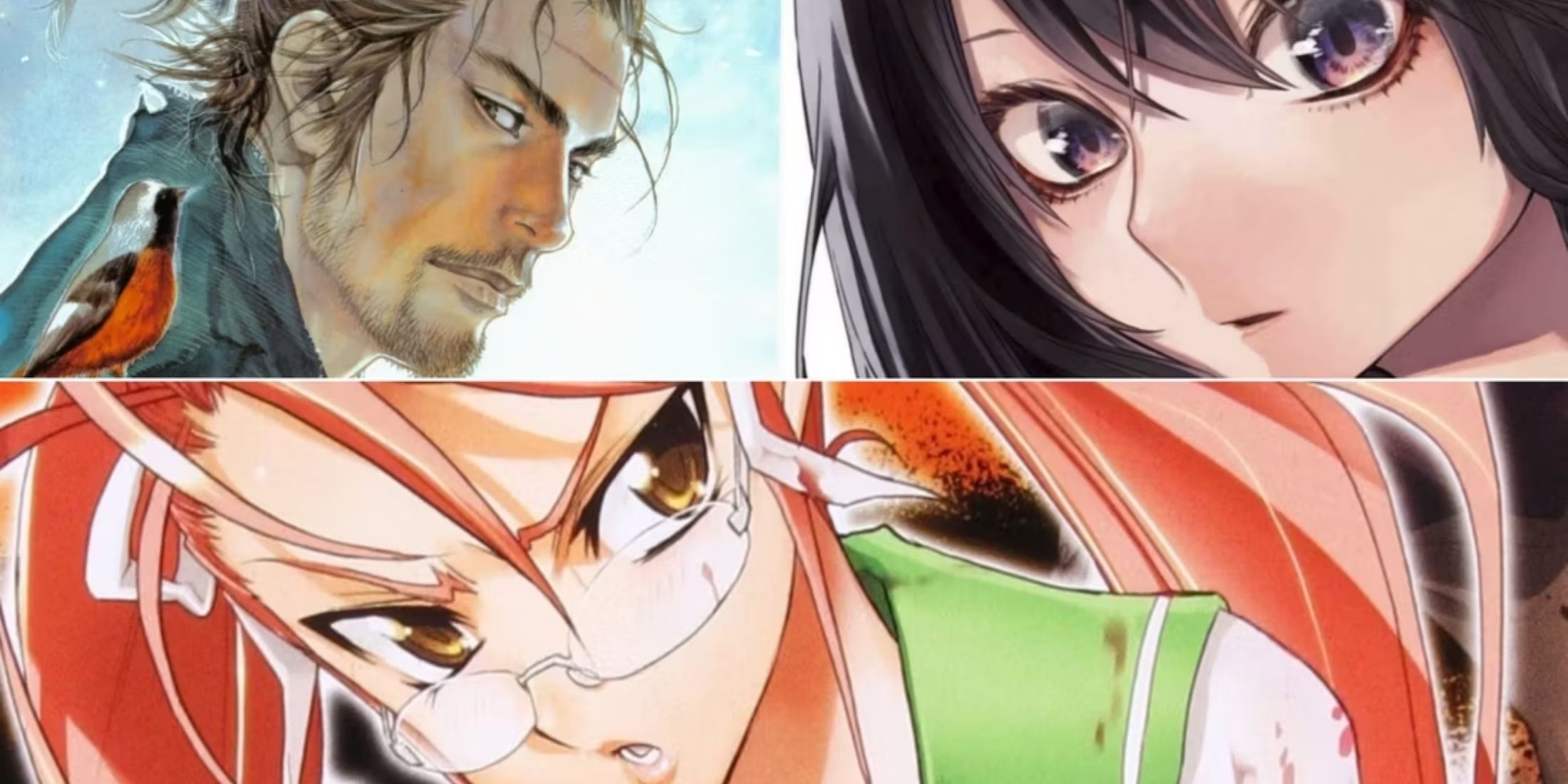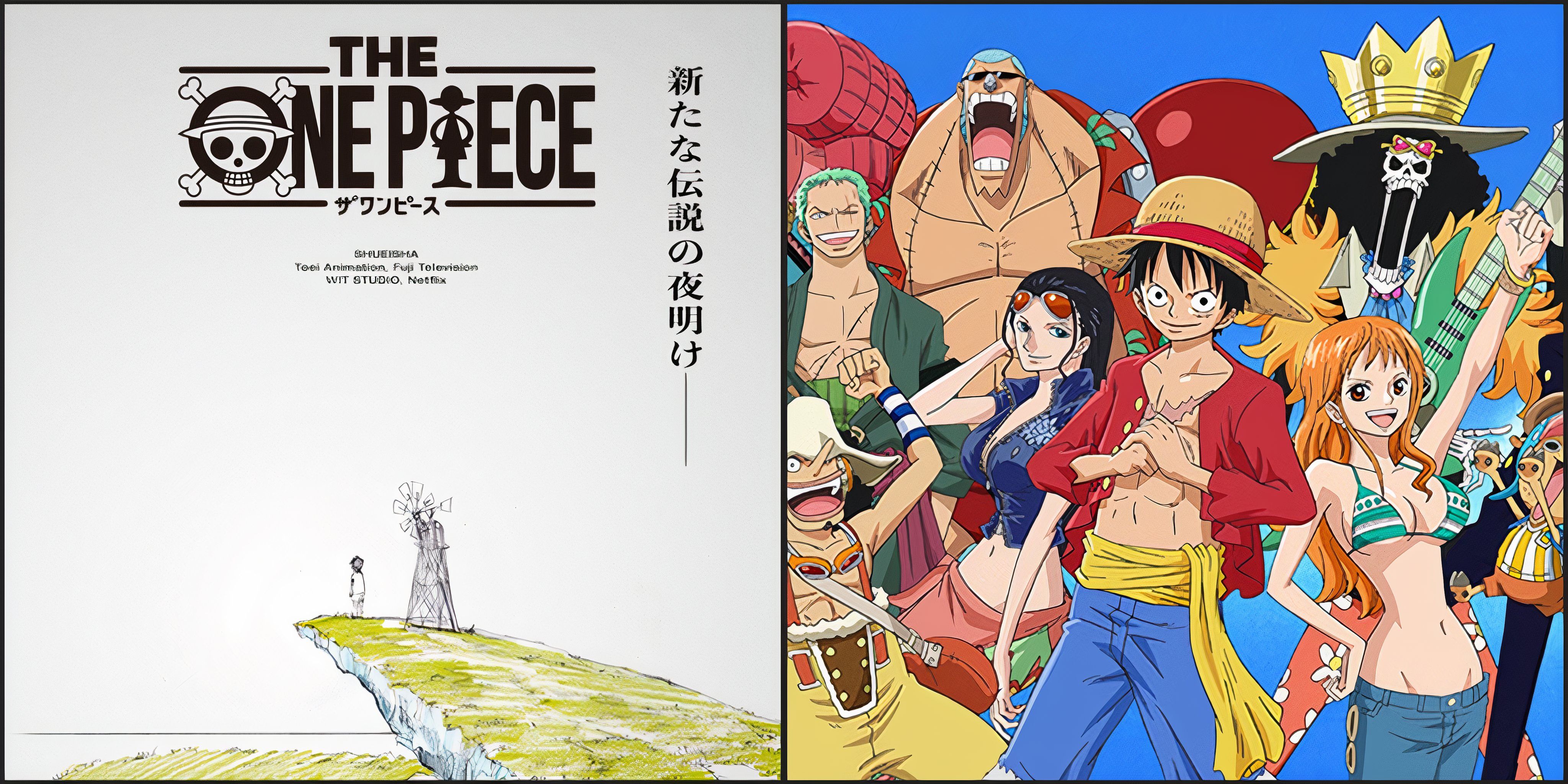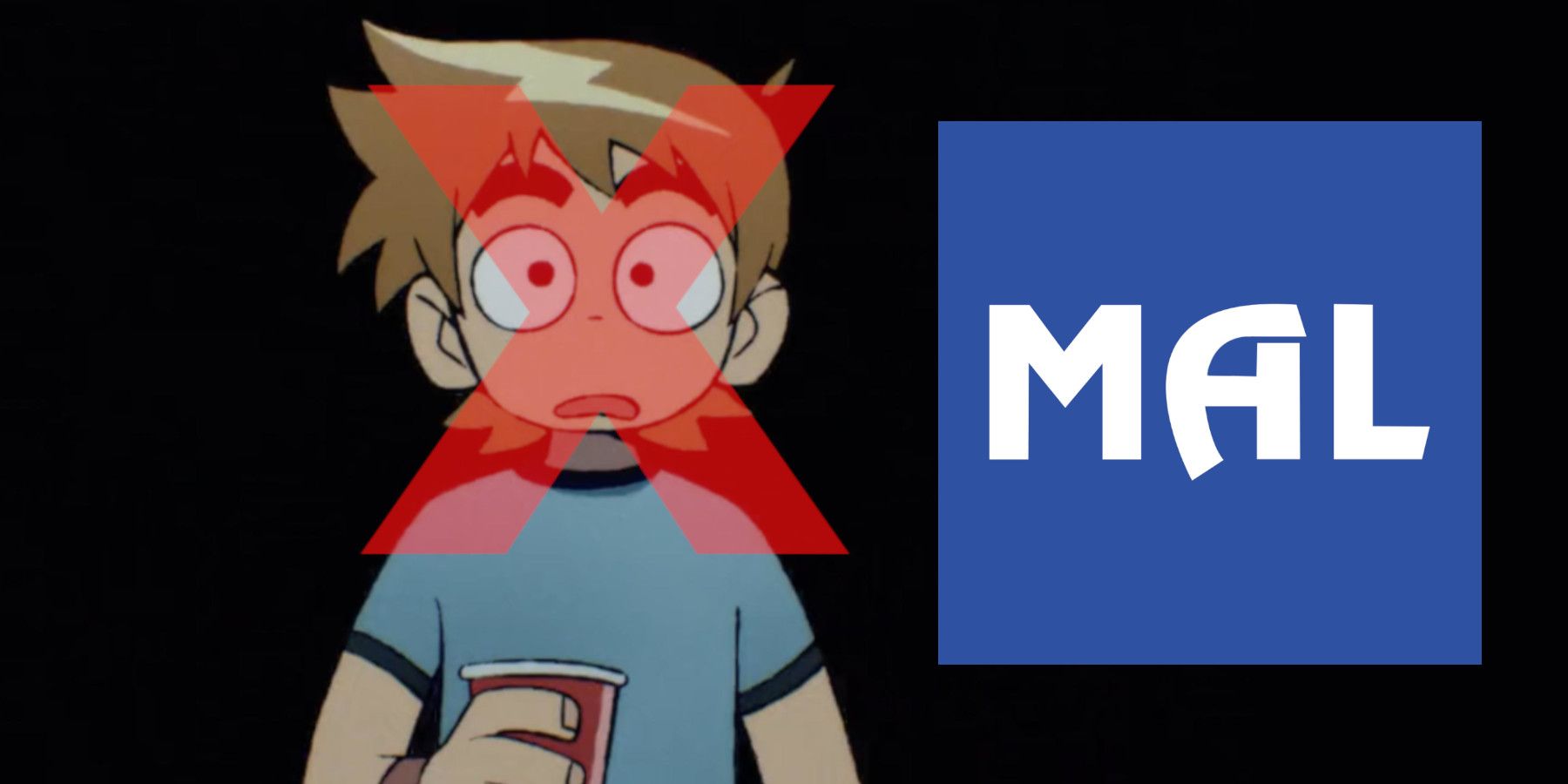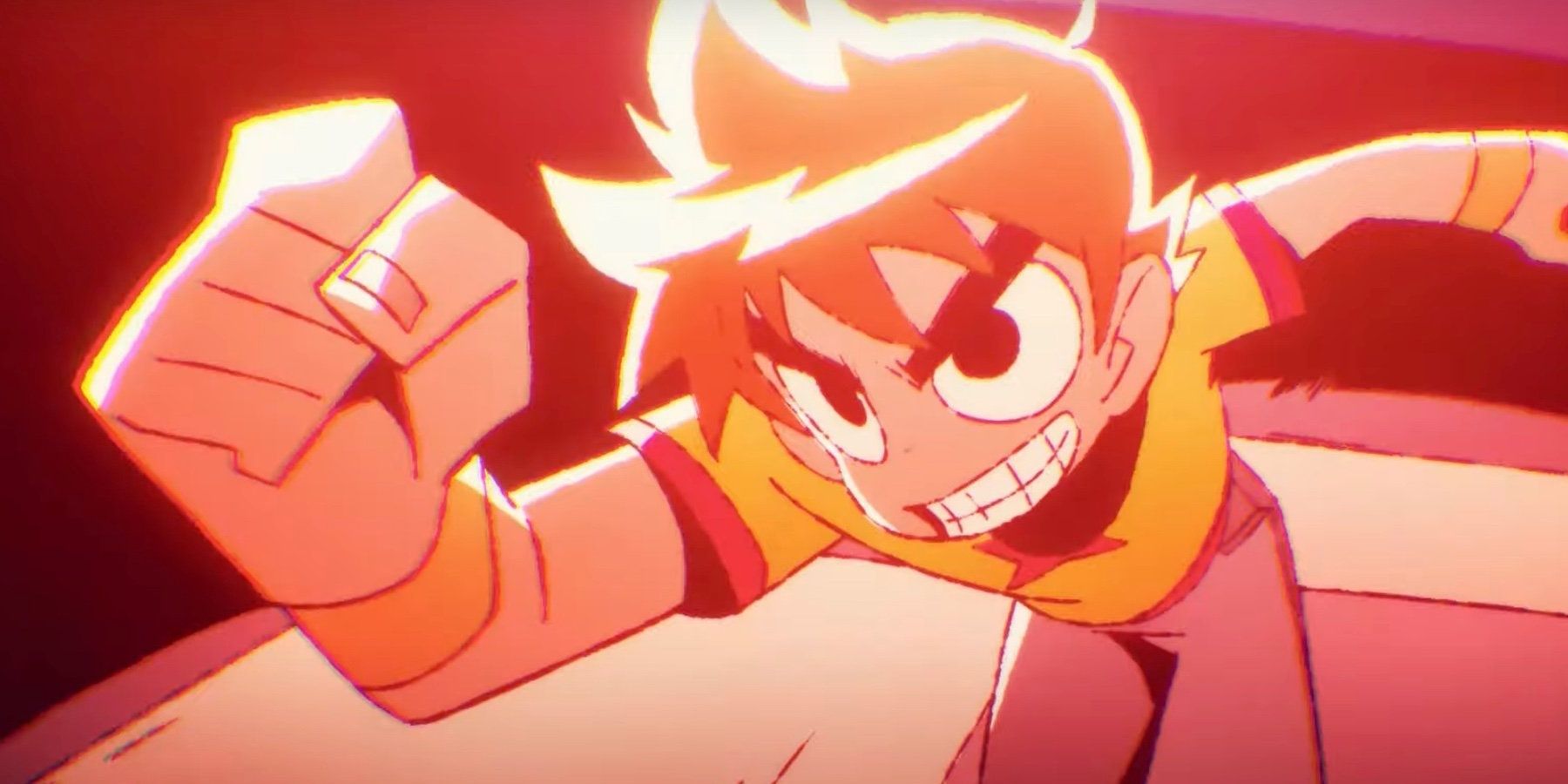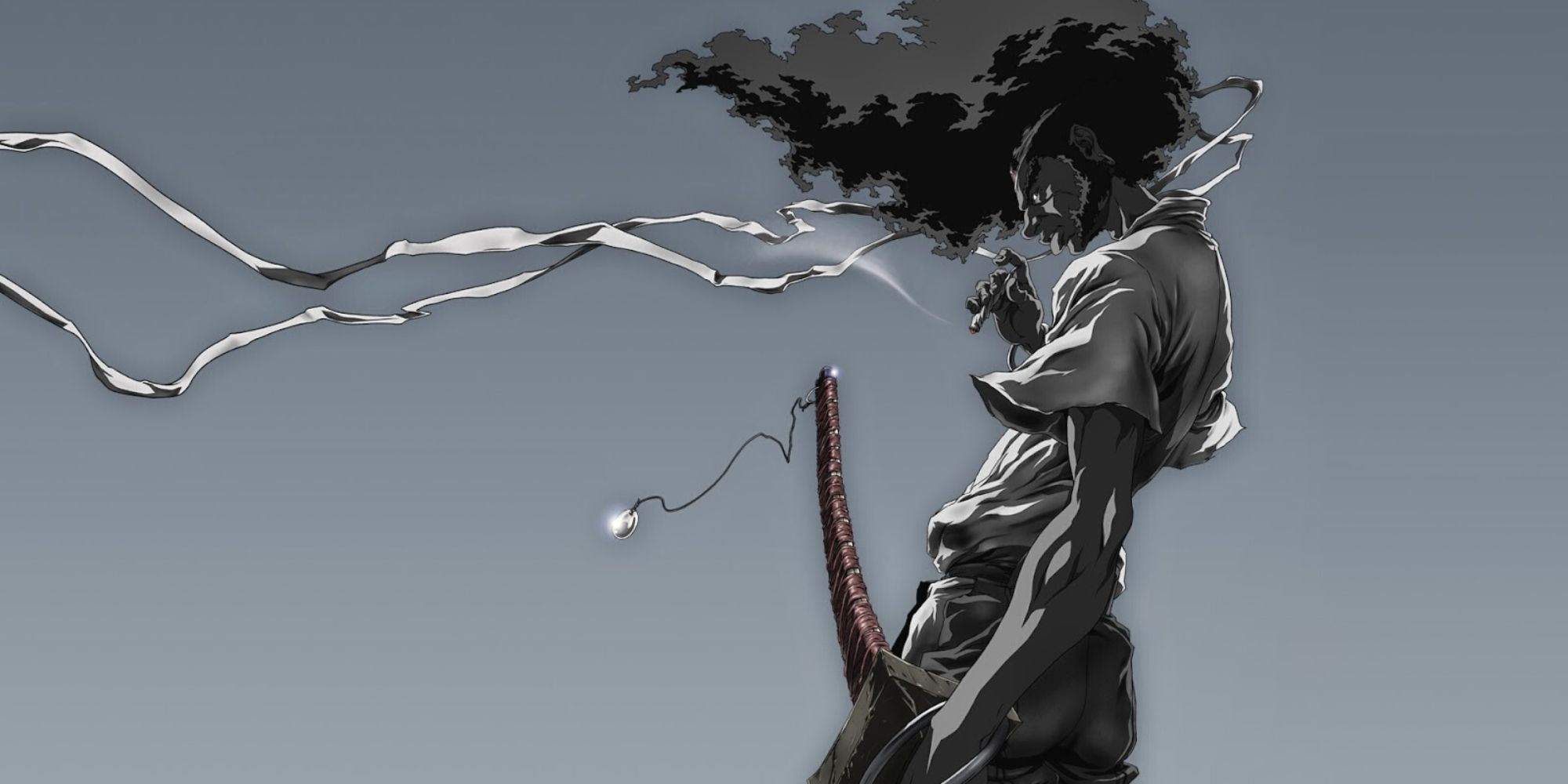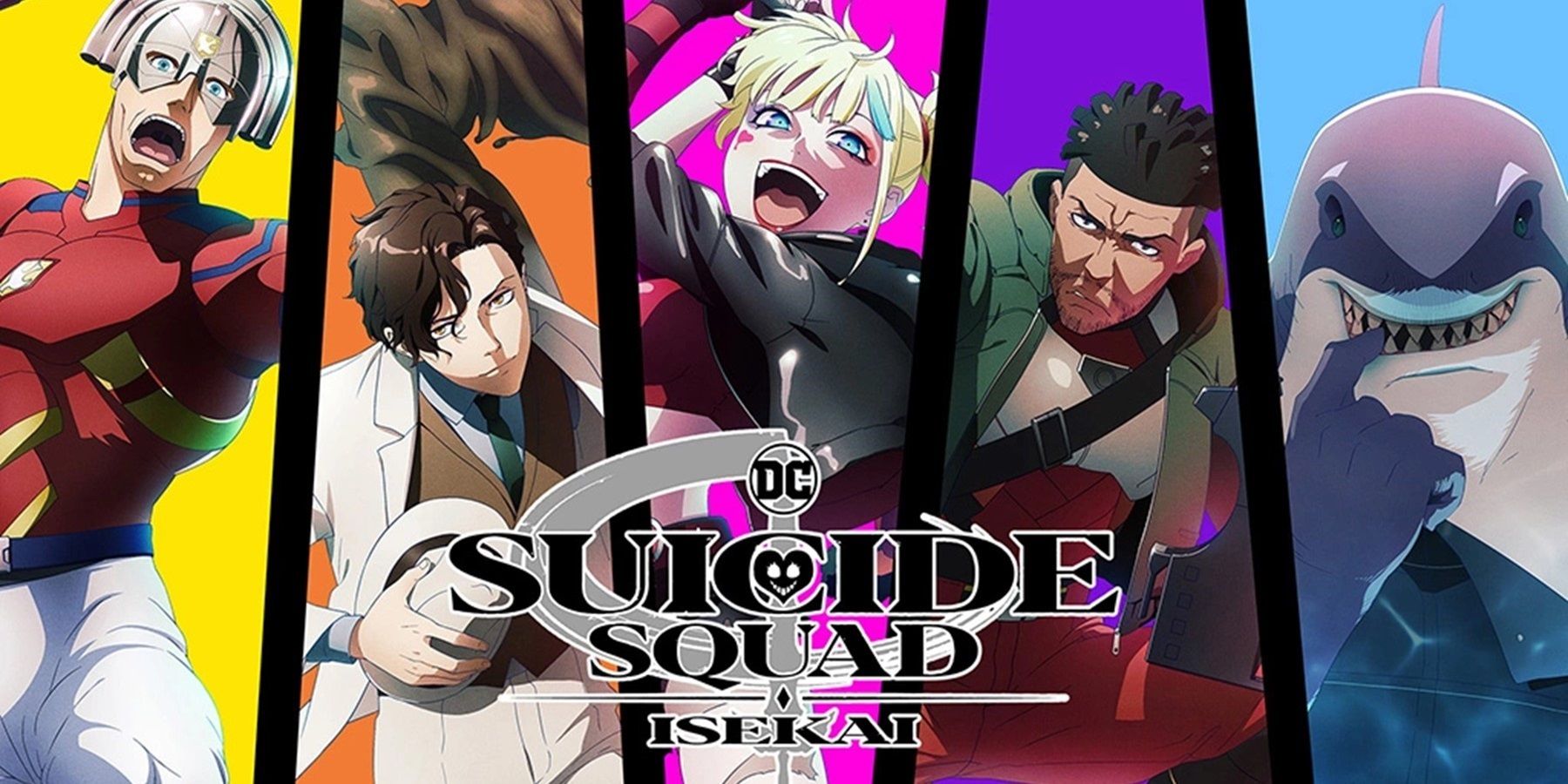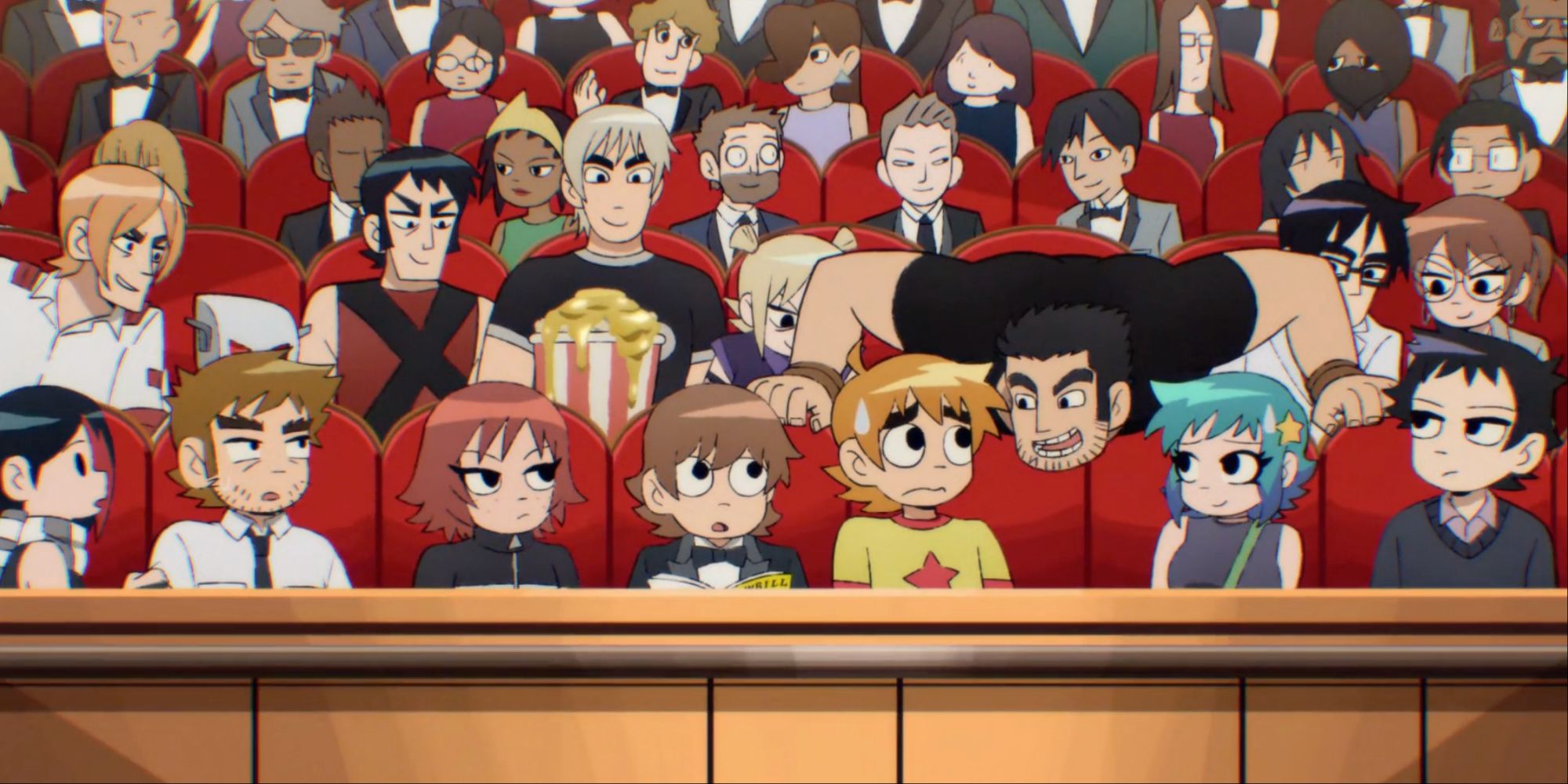Highlights
- MyAnimeList.net's definition of "anime" and their criteria for entry in their database has led to controversy and frustration among fans.
- Scott Pilgrim Takes Off was disqualified from the database because it was considered not made for the Japanese market, despite being created by a Japanese staff.
- The inconsistency in MyAnimeList's decisions and the fixation on the target audience highlight the outdated nature of the question "What is anime?" and the need for recognition of animation's global growth.
The longer the medium has progressed, the more complex the question “What is anime?” has become, just as the very utility of that question has become more nebulous. However, it’s a question that MyAnimeList.net still believes it has a firm answer to, which has led to much debate and frustration regarding the absence of Scott Pilgrim Takes Off from the database.
Founded in November 2004, MyAnimeList.net, or MAL for short, is a social networking site and database for all things anime, where users can rate, review, and track the anime they watch. Next to Anime News Network’s encyclopedia, MAL is one of the go-to websites for information about the studio, cast, production staff, and more, for just about any anime that comes to mind. When Science Saru - the Japanese studio founded by famed director Masaaki Yuasa - was revealed to be working on a Scott Pilgrim anime, audiences were understandably hyped. So it was a bit confusing when, upon its release, fans weren’t able to find it on the popular database. A Google search will even reveal a link to the page where it once existed, yet it only leads to a 404 error page, because MyAnimeList decided it didn’t merit an entry.
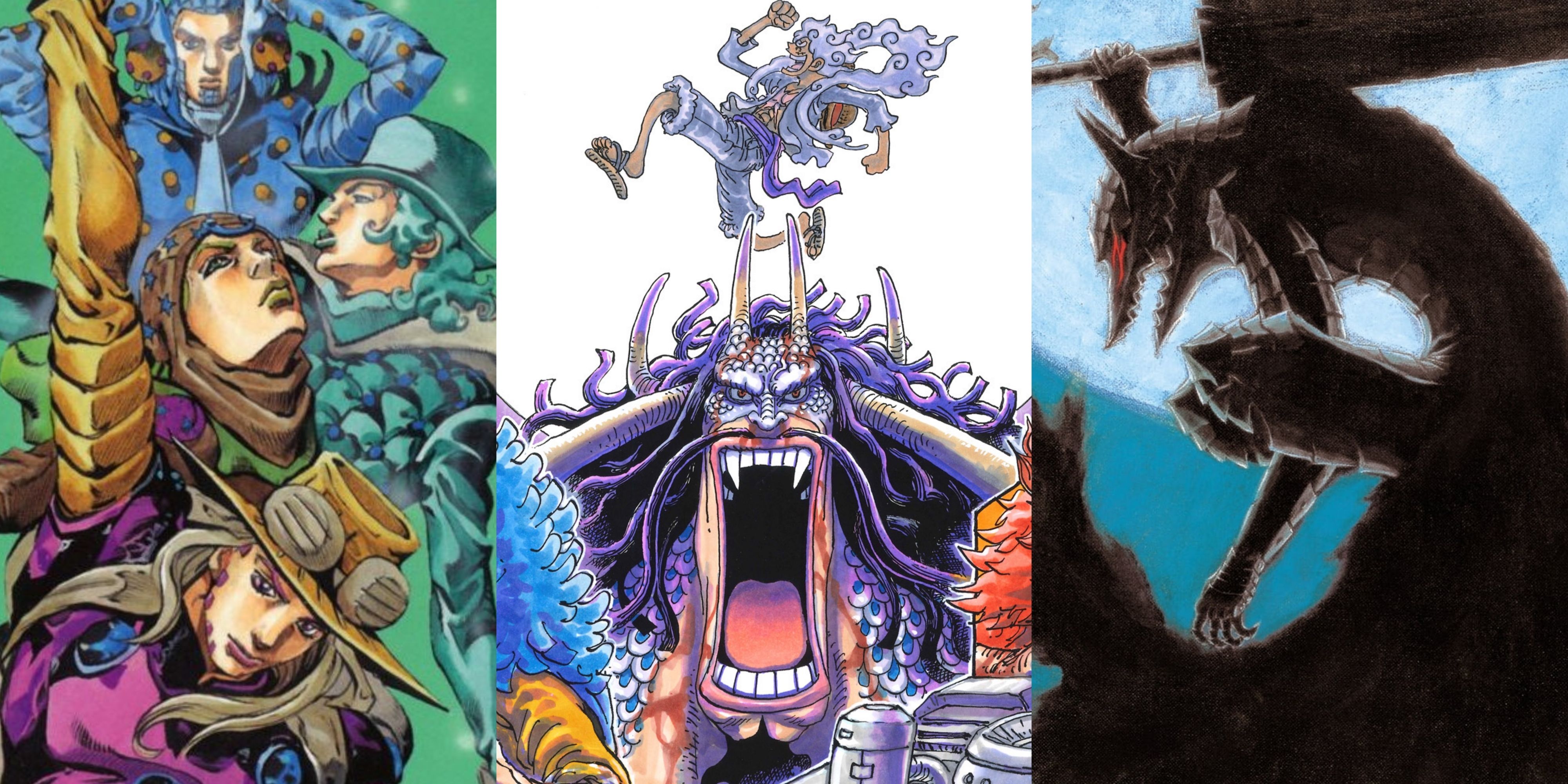
30 Highest Rated Manga According To MyAnimeList
The manga world is filled with studs and duds. MyAnimeList helps users filter out all the bad and discover some of the greatest titles the medium has.
The MAL Criteria
On the website’s forum, the moderators have thoroughly laid out their criteria for what is and is not eligible, which effectively means they have put forth their definition of “anime.” To their credit, they acknowledge the lack of consensus on a definition and express that the rules are subject to change to “maintain an orderly and consistent database.” The moderators lay out four key criteria that a work must meet to qualify. They are as follows:
- “It’s animated”
- “It’s created by professional staff in Japan for the Japanese market”
- “It’s meant to be an animated work”
- “It’s not an edit, cut, or promo of another animated work”
There is more to be said about each of these points, to say nothing of the seven sections beyond them that elaborate upon how moderators reach these decisions. A lot more thought has been put into the rules than can be explored in this feature alone, so we encourage those curious about MAL’s guidelines to read them thoroughly here.
In the meantime, this piece will focus on a point of contention cited by MAL as a key reason for Scott Pilgrim’s disqualification: the assertion that it wasn’t made “for the Japanese market.” Put simply, SPTO is not considered anime because MAL considers it targeted at the Western market. It doesn’t even count as a “joint production,” a stipulation for which they have laid out conditions further in their guidelines, and this is because of how the website interprets creative control.
The emphasis on the intended market goes hand-in-hand with who is perceived to be in control of the project, and whether the Japanese staff fill that role. Specifically, they list the examples of “director, script, storyboard, [and] character design.” Of those four, only the script is credited to non-Japanese staff, namely the series’ original creator, Bryan Lee O’Malley, and screenwriter BenDavid Grabinsky.
This would suggest that the screenplay is key, in that the bulk of the creative control regarding the story is in the hands of O’Malley, Grabinsky, or the folks at Universal. But when every other facet of the production, from director Abel Gongora to the entire animation team has experience creating anime, it seems weird to focus so much on the screenwriter.
At this point, whether the show is intended for the Japanese market or not isn’t really in dispute. It’s not unreasonable to presume that there wouldn’t be as much interest in Scott Pilgrim in Japan compared to the West, where it has amassed quite a cult following. Rather, fans take umbrage with the idea that the market should be a deciding factor at all, and they have been quick to point out the database’s past inconsistencies on this point.
The MAL Hypocrisy?
If not being aimed at the Japanese market is disqualifying, then MAL users would argue that works like Afro Samurai, The Animatrix, or Batman: Gotham Knight should be struck from the database. All three were marketed heavily toward a Western audience. Afro Samurai was a passion project starring and executive produced by Samuel L. Jackson, for which there was never even a Japanese dub made. Only a subtitled version was released in Japan.
As for the other two, they were animated anthologies similar to Star Wars Visions, bringing together some of the most notable studios and directors in Japan. Despite the largely Japanese staff, each of Batman: Gotham Knight’s six stories were written by notable Western comic authors and screenwriters. It’s crucial to note, however, that this has not disqualified the anthology in the same way that Scott Pilgrim was.
Even shows that meet the criteria for being marketed in Japan could be argued to be less so than in the West, like Space Dandy. People might forget that the series premiered in English, in America, and on Toonami, before it ever aired in Japan. This was no doubt because of the popularity of director Shinichiro Watanabe’s other works in North America, such as Cowboy Bebop or Samurai Champloo, shows that didn’t perform as well in Japan.
Forum posts as early as a day after the global release of Scott Pilgrim Takes Off asked why Suicide Squad Isekai was allowed on the database. Both it and Scott Pilgrim are animated and directed by Japanese teams, and both are based on Western stories and characters, yet one is allowed while the other is not. When forum users debated the rationale, justifications yielded only examples of exceptions to those rules in the past.
If it’s a matter of style, that reasoning seems insufficient considering the diverse range of styles not only within the medium of anime but animation in general. If it’s a matter of who is making it, enough of the production is rooted within Japan’s industry that singling out a few individuals comes across as nitpicky. As for the “intended market,” if The Animatrix and Afro Samurai get a pass, how is the interest of the Japanese public being measured, if at all?
The M(or)AL of the Story
Whichever way one cuts it, the judgment on behalf of the moderators at MyAnimeList has come across as too inconsistent to justify why Scott Pilgrim isn’t allowed. This decision is based on a rationale that fixates on the target audience through the prism of specific staff members, or just the overall visual style, without considering how such aspects have been overlooked in the past. It comes across as arbitrary at best and favoritism at worst.
This all comes at a time when the boundary between what is and isn’t anime is shattering as animation as a whole grows exponentially around the globe. There has been a growing demand for animation to be properly recognized for its merits, something audiences are coming to realize themselves - something especially evident this year.
The discourse surrounding the absence of Scott Pilgrim Takes Off from MyAnimeList is frustrating, but not just because of the arbitrary reasons why. It’s frustrating because the question of “What is anime?” feels more dated each year. With each hoop that people jump through to exclude a show that quite clearly is anime, the fight feels that much more like a waste of time. It would have been easier to just keep the page up. It wouldn’t be their first time.
Scott Pilgrim Takes Off is now streaming on Netflix.
Source: MyAnimeList.net (Anime Database Guidelines, Forum Post 1, Forum Post 2)
